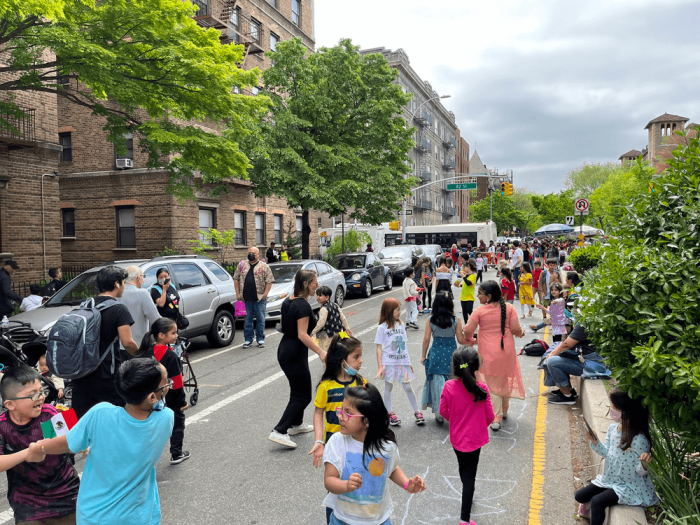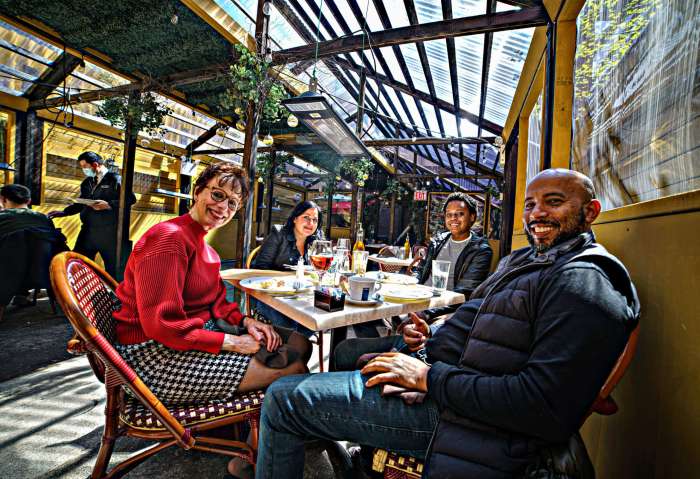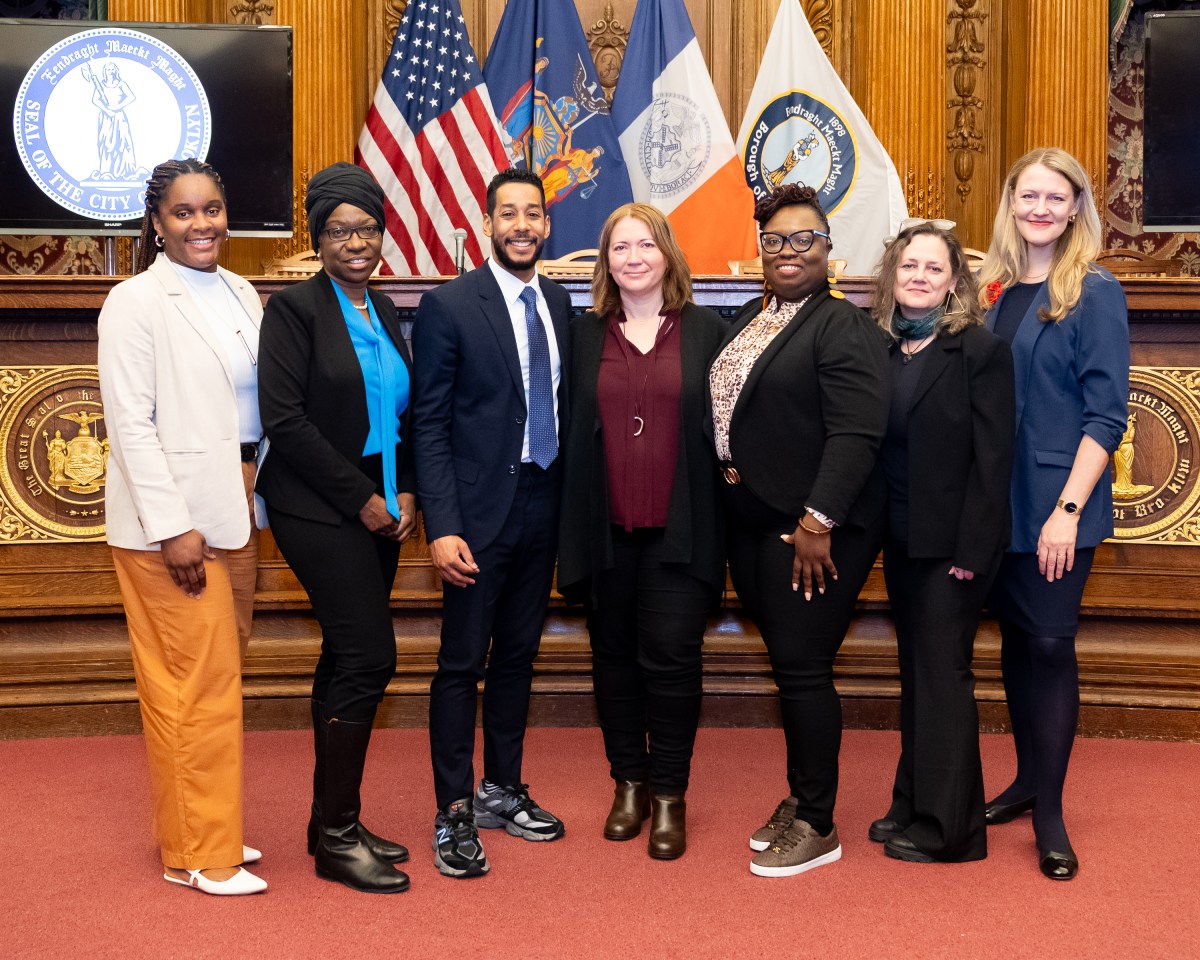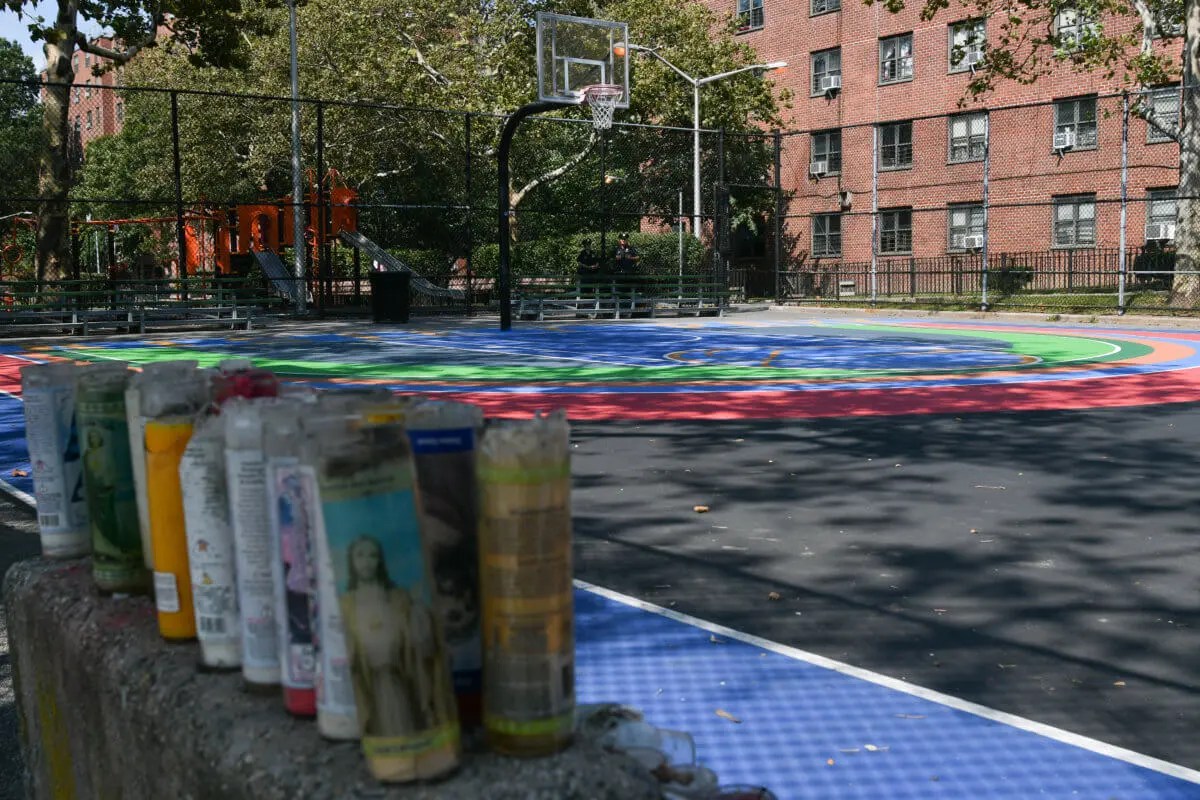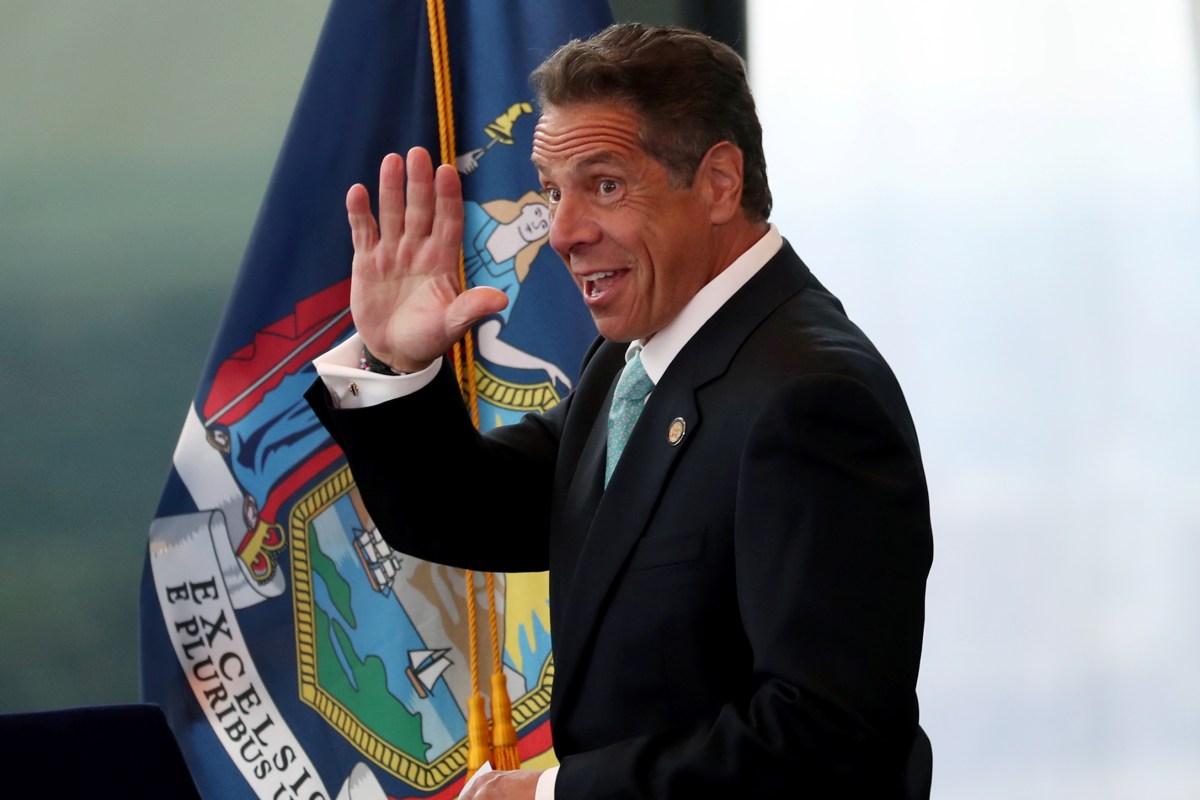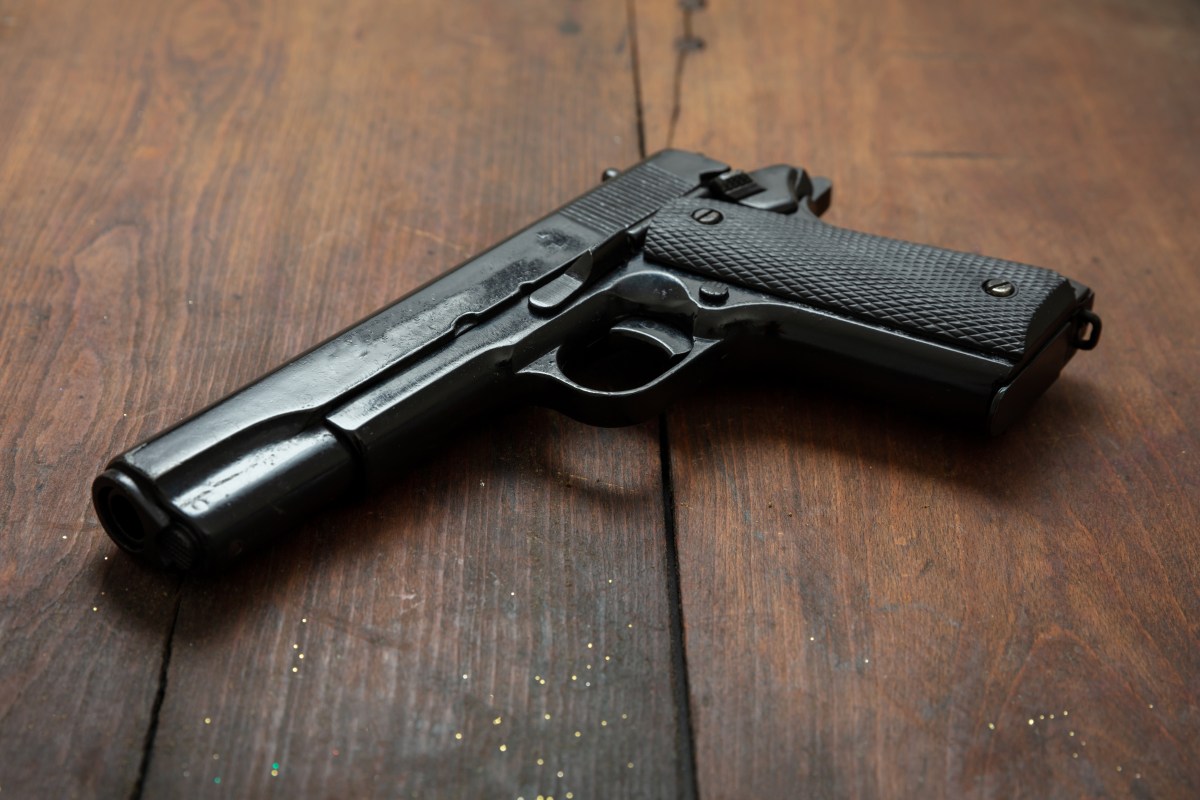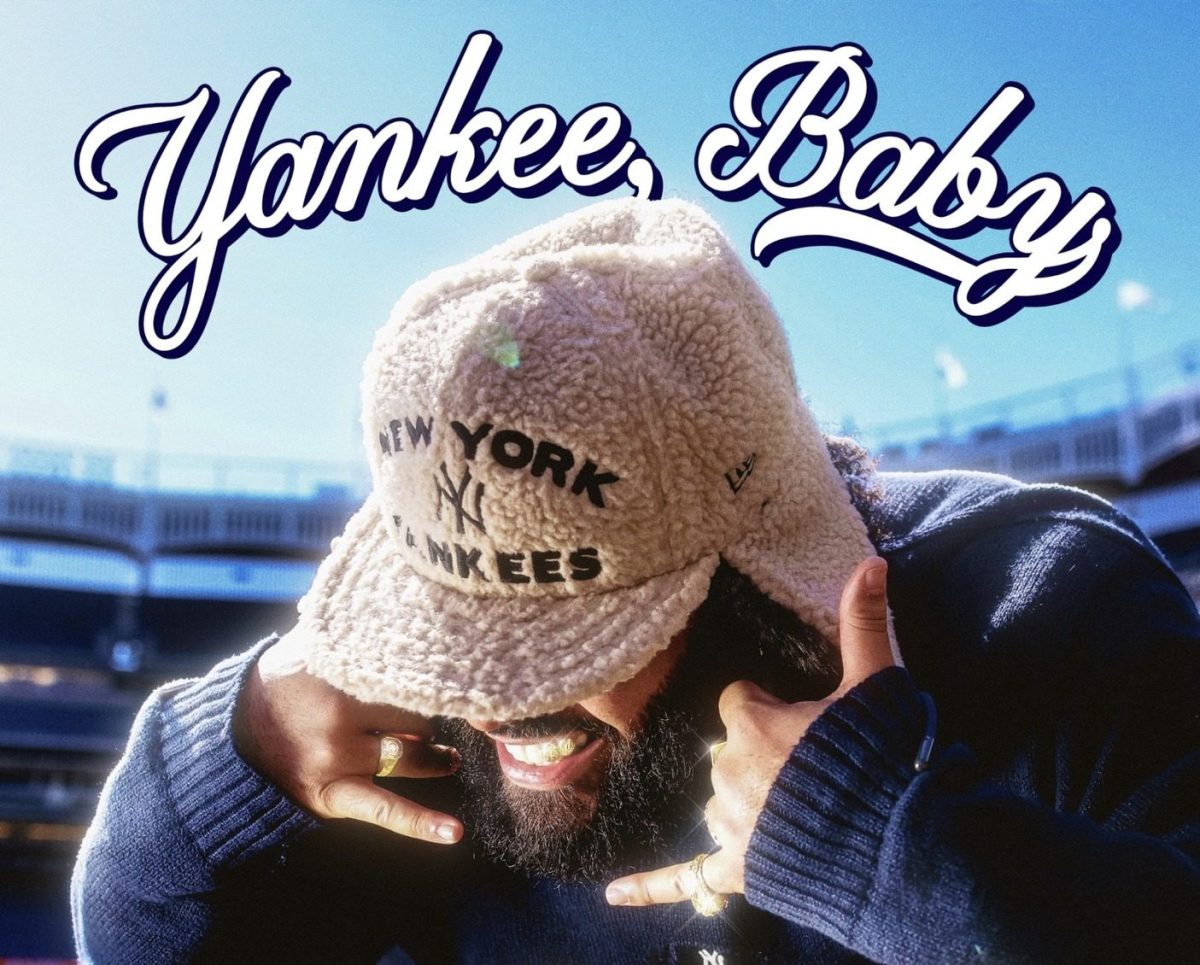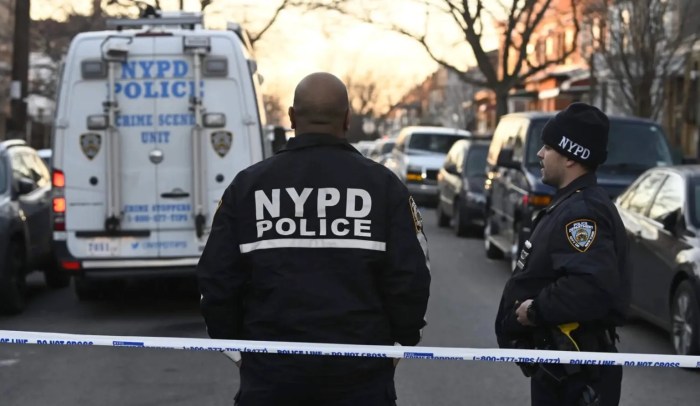
The blasting beneath Second Avenue for the new subway line ceased months ago, tunnels are taking shape and all the construction contracts have been awarded.
Below Second Avenue, crews building the first phase of the new subway line were working in massive and wet caverns, keeping the construction schedule on target for its December 2016 completion date and within budget, according to Dr. Michael Horodniceanu, the head of MTA Capital Construction.
Horodniceanu Thursday led reporters through 14 blocks inside the construction zone, between 86th and 72nd streets, to see how the MTA’s first major expansion — the project’s first phase takes the Q train from 63rd to 96th streets — in decades is developing.
When asked how the new subway tunnels and stations will look and operate compared to the rest of the aged transit system, Horodniceanu said, “We have not built anything new, really, since the ’40s. So, you tell me.”
“Everything that we’re doing separates it from the system,” he said later. “There’s just no comparison.” Riders should immediately notice that the stations will look spacious. Horodniceanu likened the design to the stations in Washington, D.C. In some stations, there will be mezzanines that open up for a view of the platform below.
“When you’re on the platform, you do not feel confounded in a tight closed space,” Horodniceanu said.
The trains will also be quieter than other subway lines where trains screech. A rubber boot inside a neoprene pad will be installed to cut down on vibration. Parts of the station walls will also be lined with sound-absorbing material.
“When you’re in the station, you won’t be able to yodel,” Horodniceanu said. “There will be no echo.”
In the summer, riders will feel about 10 degrees cooler than the outside temperature thanks to structures several stories tall that will ventilate the system. So unlike other subway lines that are much closer to the surface than the Second Avenue line will be, there will be no sidewalk vents.
Currently, there are six active contracts out of the 10 awarded. A contract to mine and line the cavern for the 86th Street station is 86% complete, while crews at 96th Street and 72nd Street stations are working on finishes, ancillary ventilation buildings and entrances. The contract to connect the Q train to the Lexington Ave.-63rd Street station is nearly three-quarters complete. The “umbrella” contract to “take all of the beautiful things we built and make them useful” by installing the track, power, signals and communication systems at all the stations is a 25% complete, Horodniceanu said.
An early projection for the Second Avenue Subway was a $3.8 billion price tag and a 2014 end date. Horodniceanu said that “estimates put forth way back were estimates that lacked the precision required.”
“As the project started to mature, then we started to get much better bids,” keeping the project on track to finish at the end of 2016, Horodniceanu said.




